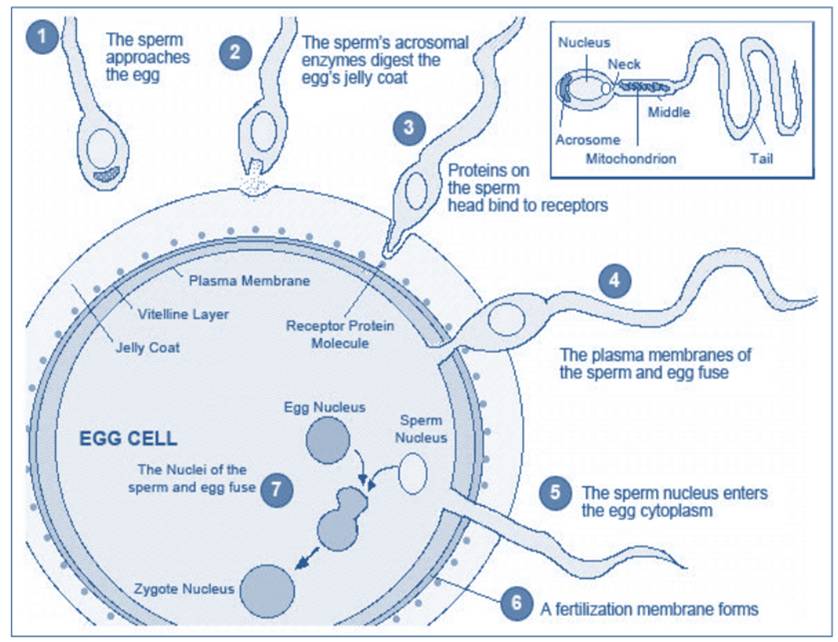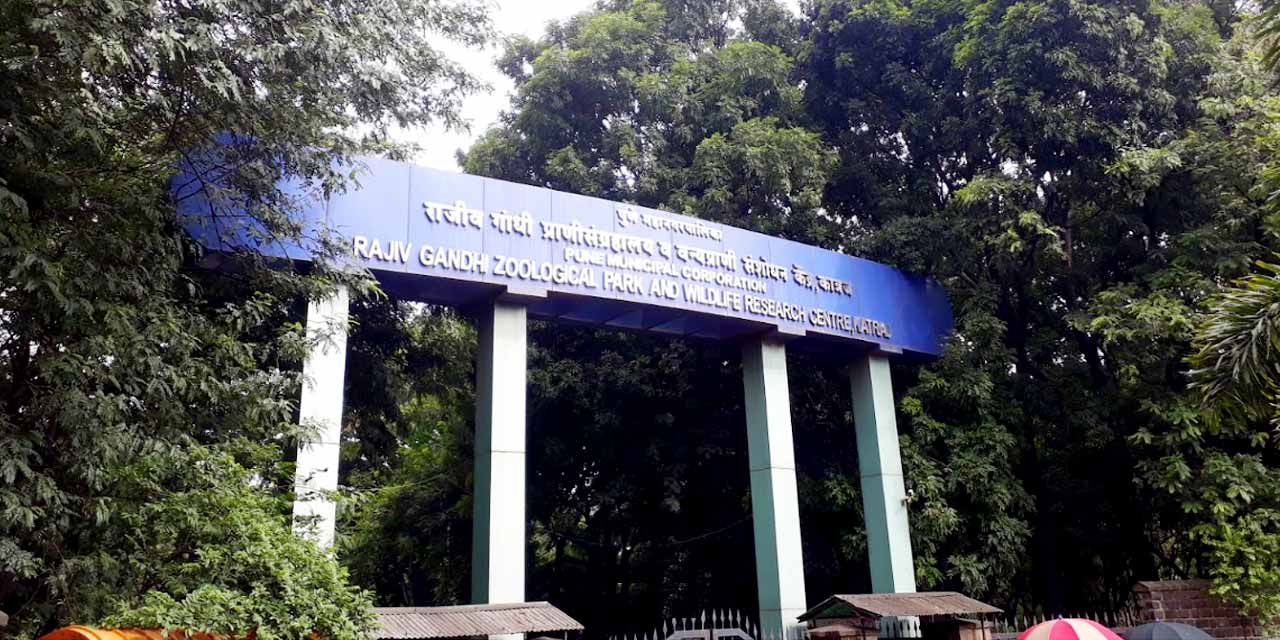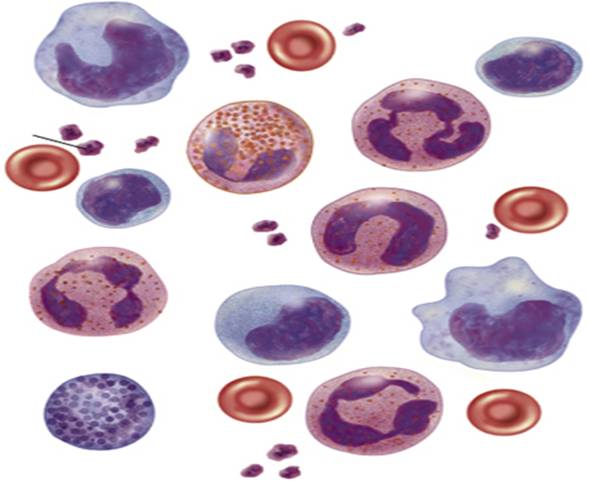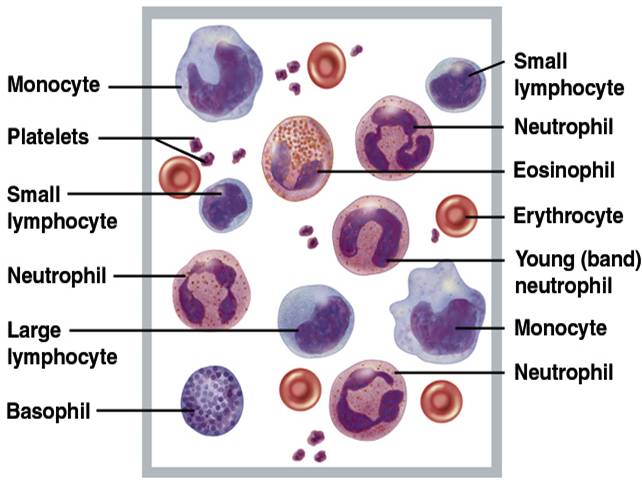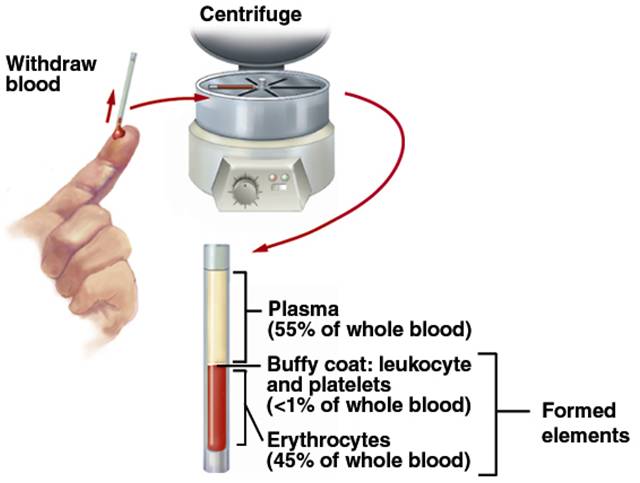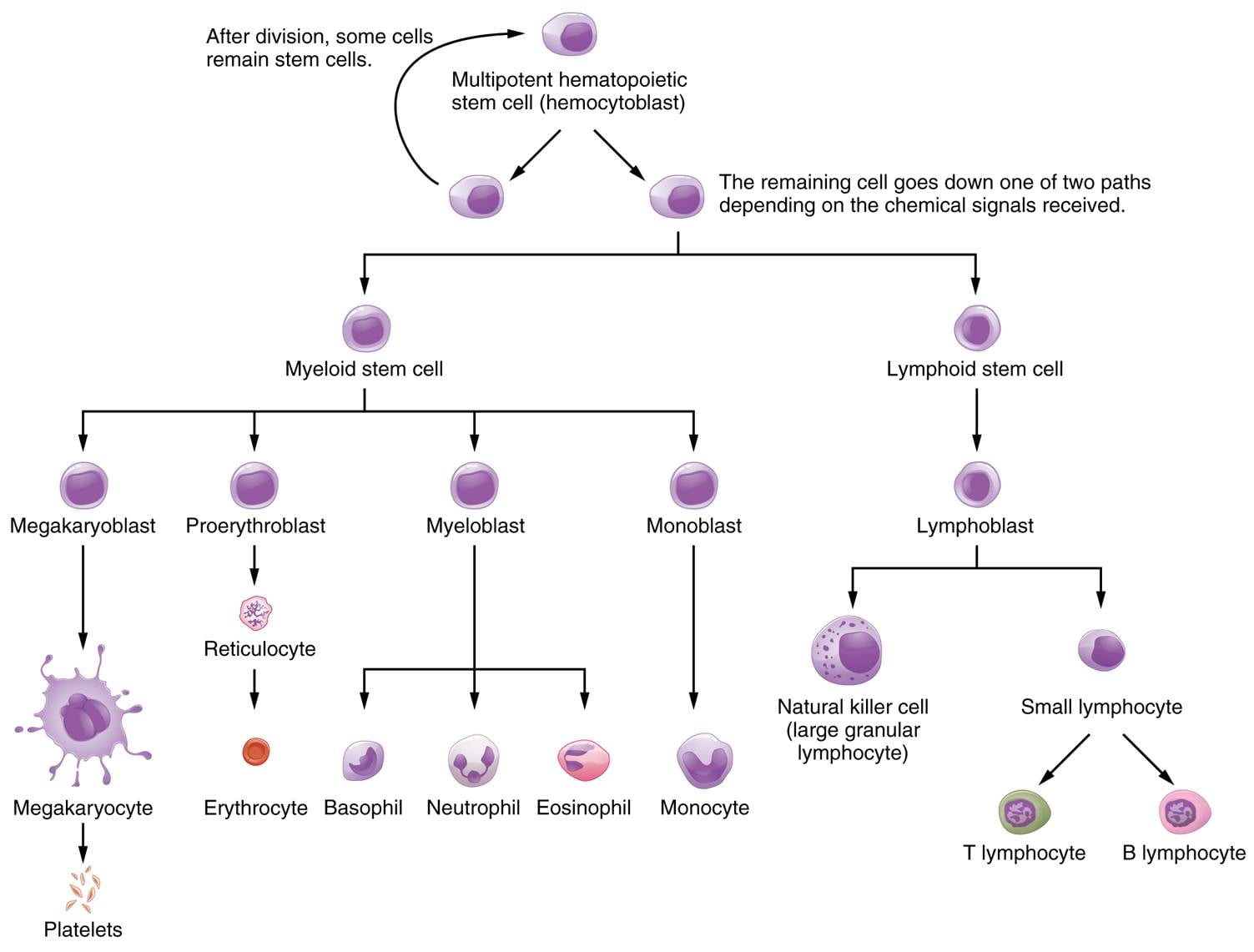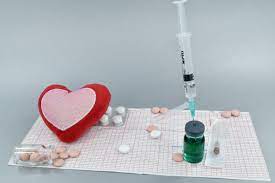Blood: Blood is essential for life. It carries oxygen and nutrients to the tissues of the body and removes waste products. It also helps to fight infection and repair damaged tissues. Blood is a red liquid that circulates throughout the body. It is made up of plasma, red blood cells, white blood cells, and platelets.
Definition and Importance
Blood is known as the “river of life,” blood is an amazing liquid that flows through the extensive system of blood arteries in the human body. Blood is made up of several components and is used for vital purposes such carrying waste materials, hormones, oxygen, and nutrition. It is essential for preserving homeostasis, warding off infections, and guaranteeing appropriate clotting processes.
Components of Blood
Blood is a complex fluid that is made up of several components, each of which has a specific function. The major components of blood are:
Plasma: Plasma, a straw-colored fluid, constitutes around 55% of blood volume. It’s a complex mixture of water, electrolytes, proteins, hormones, waste products, and nutrients. Plasma transports these components throughout the body, supports clotting, and helps maintain the body’s pH balance. Additionally, it serves as a medium for waste elimination and temperature regulation. Plasma is the liquid portion of blood. It is made up of water, proteins, carbohydrates, and fats. Plasma helps to transport nutrients, hormones, and other substances throughout the body. It also helps to remove waste products from the body.
Red blood cells: Red blood cells are responsible for carrying oxygen from the lungs to the tissues of the body and carbon dioxide from the tissues back to the lungs. Red blood cells contain a protein called hemoglobin, which binds to oxygen and carbon dioxide.
White blood cells: White blood cells help to protect the body from infection. There are several different types of white blood cells, each of which has a specific role in the immune system. White blood cells, also known as leukocytes, are the immune system’s frontline warriors. They defend the body against infections, bacteria, viruses, and other foreign invaders. There are different types of white blood cells, each with specific functions, such as neutrophils, lymphocytes, monocytes, eosinophils, and basophils. Their combined efforts form a robust defense mechanism that keeps us healthy and infection-free.
Platelets: Platelets, or thrombocytes, are tiny cell fragments that play a vital role in blood clotting. When a blood vessel is damaged, platelets rush to the site to initiate clot formation, preventing excessive bleeding. The intricate balance between clotting and preventing clots is essential for maintaining cardiovascular health. Platelets help the blood to clot. When a blood vessel is injured, platelets clump together to form a plug that stops the bleeding.
Blood is essential for life. It carries oxygen and nutrients to the tissues of the body and removes waste products. It also helps to fight infection and repair damaged tissues.
Facts about the components of blood
- The average adult has about 5 liters of blood in their body.
- Blood is made in the bone marrow.
- Red blood cells live for about 120 days.
- White blood cells live for a few hours to a few years.
- Platelets live for about 10 days.
- Blood is constantly being recycled by the body.
- Plasma: Plasma makes up about 55% of the total blood volume.
- Red blood cells: Red blood cells make up about 45% of the total blood volume.
- White blood cells: White blood cells make up about 1% of the total blood volume.
- Platelets: Platelets make up about 1% of the total blood volume.
The components of blood are constantly being produced and destroyed. Red blood cells are produced in the bone marrow and live for about 120 days. White blood cells are produced in the bone marrow and lymph nodes and live for a few hours to a few years. Platelets are produced in the bone marrow and live for about 10 days.
Structure of Blood
Blood has a unique structure that allows it to perform its functions effectively. It comprises both cellular components (red and white blood cells, platelets) and non-cellular components (plasma). These components work in harmony to maintain the body’s health and functionality.
Functions of Blood
The functions of blood are diverse and essential for overall well-being. These functions include:
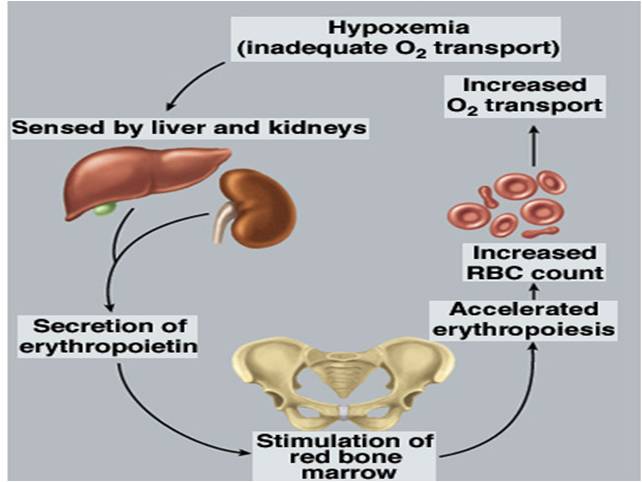
- Oxygen Transport: Red blood cells carry oxygen from the lungs to cells and tissues, ensuring proper cellular respiration.
- Nutrient Delivery: Blood transports nutrients, such as glucose and amino acids, to cells for energy production and growth.
- Waste Removal: Blood carries waste products, like carbon dioxide and urea, to excretory organs for elimination.
- Hormone Transportation: Hormones produced by various glands are transported via the blood to target organs and tissues.
- Immune Defense: White blood cells protect the body against infections and diseases by identifying and neutralizing pathogens.
- Clotting: Platelets and certain proteins in plasma work together to form clots, preventing excessive bleeding.
- pH Regulation: Blood helps maintain the body’s pH within a narrow range to support optimal cellular function.
- Temperature Regulation: Blood helps regulate body temperature by distributing heat and maintaining thermal equilibrium.
Conclusion
In this article blood – its components, structure, and vital functions. From the oxygen-carrying prowess of red blood cells to the immune defense orchestrated by white blood cells, every aspect of blood contributes to the remarkable symphony of life within us. As you marvel at this complex fluid, remember that understanding your blood empowers you to make informed choices for your health and well-being.
Frequently Asked Questions (FAQs)
Q1: Can blood be artificially manufactured? A1: While scientists have made advancements in producing certain blood components, such as red blood cells, the complex composition of whole blood makes artificial production challenging.
Q2: How does the body replace lost blood? A2: The body has a remarkable ability to replace lost blood. In cases of minor blood loss, the bone marrow increases its production of blood cells. In severe cases, blood transfusions may be required. “Blood: Defination, Components, Strucutre and Functions”
Q3: Are there different blood types? A3: Yes, blood is classified into different types based on the presence or absence of specific antigens. The most well-known blood type classification includes A, B, AB, and O types.

